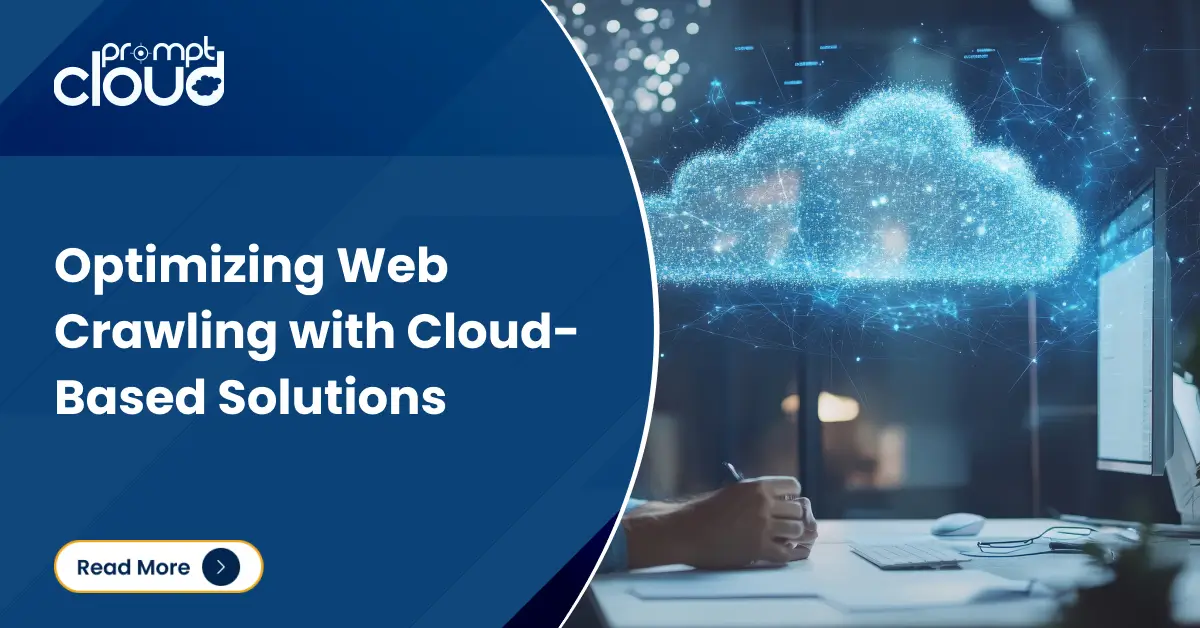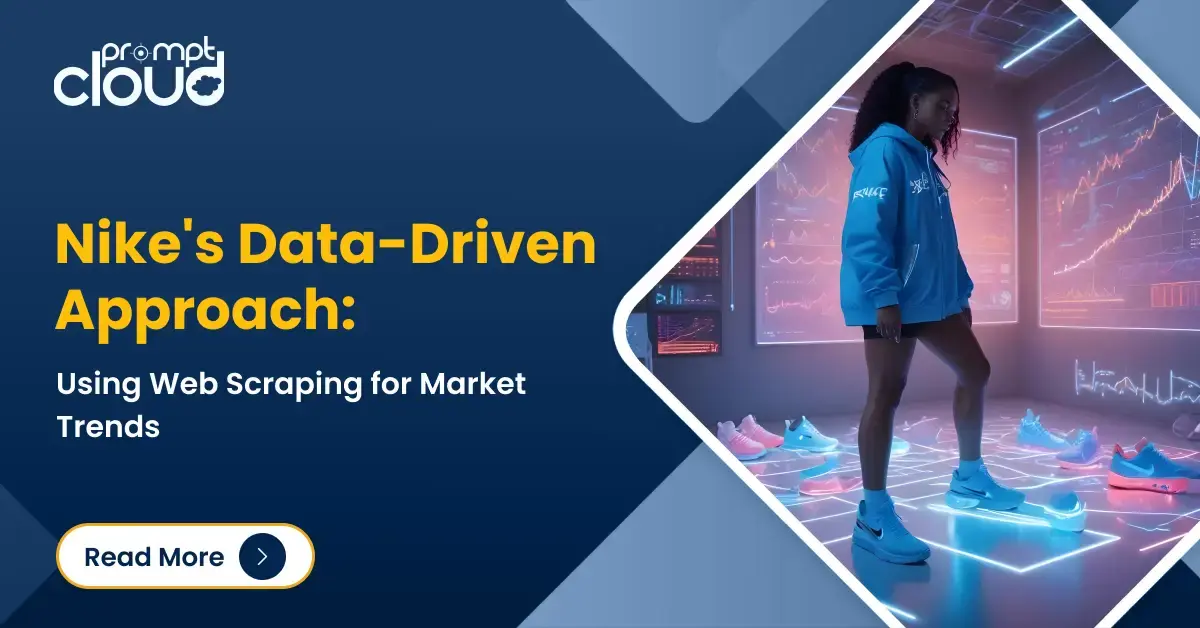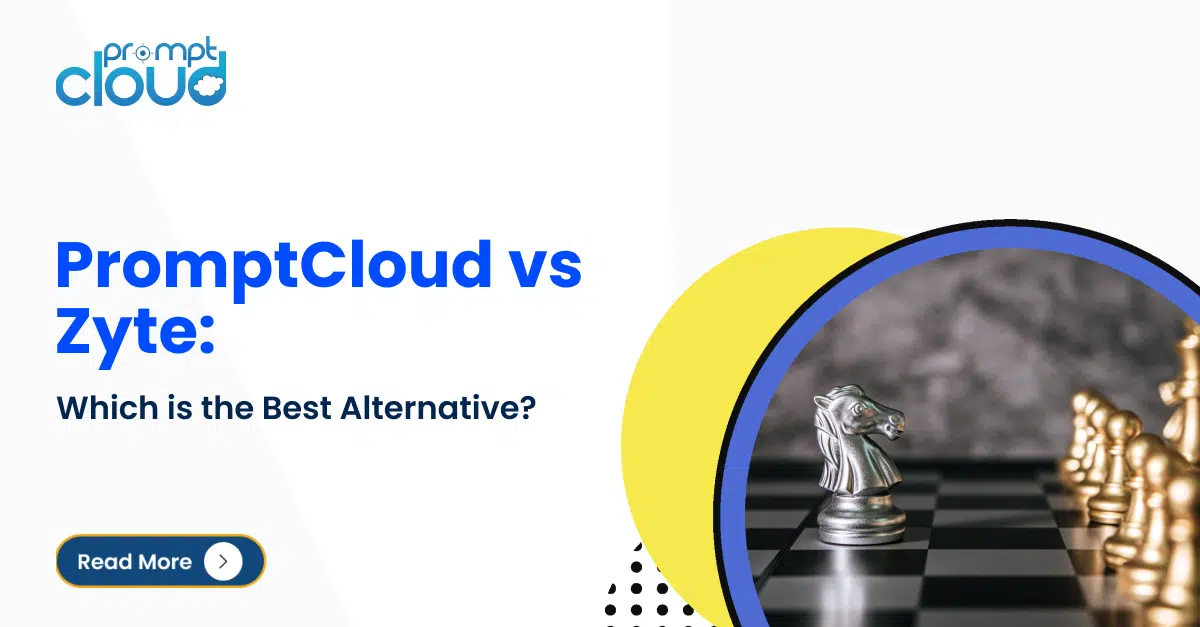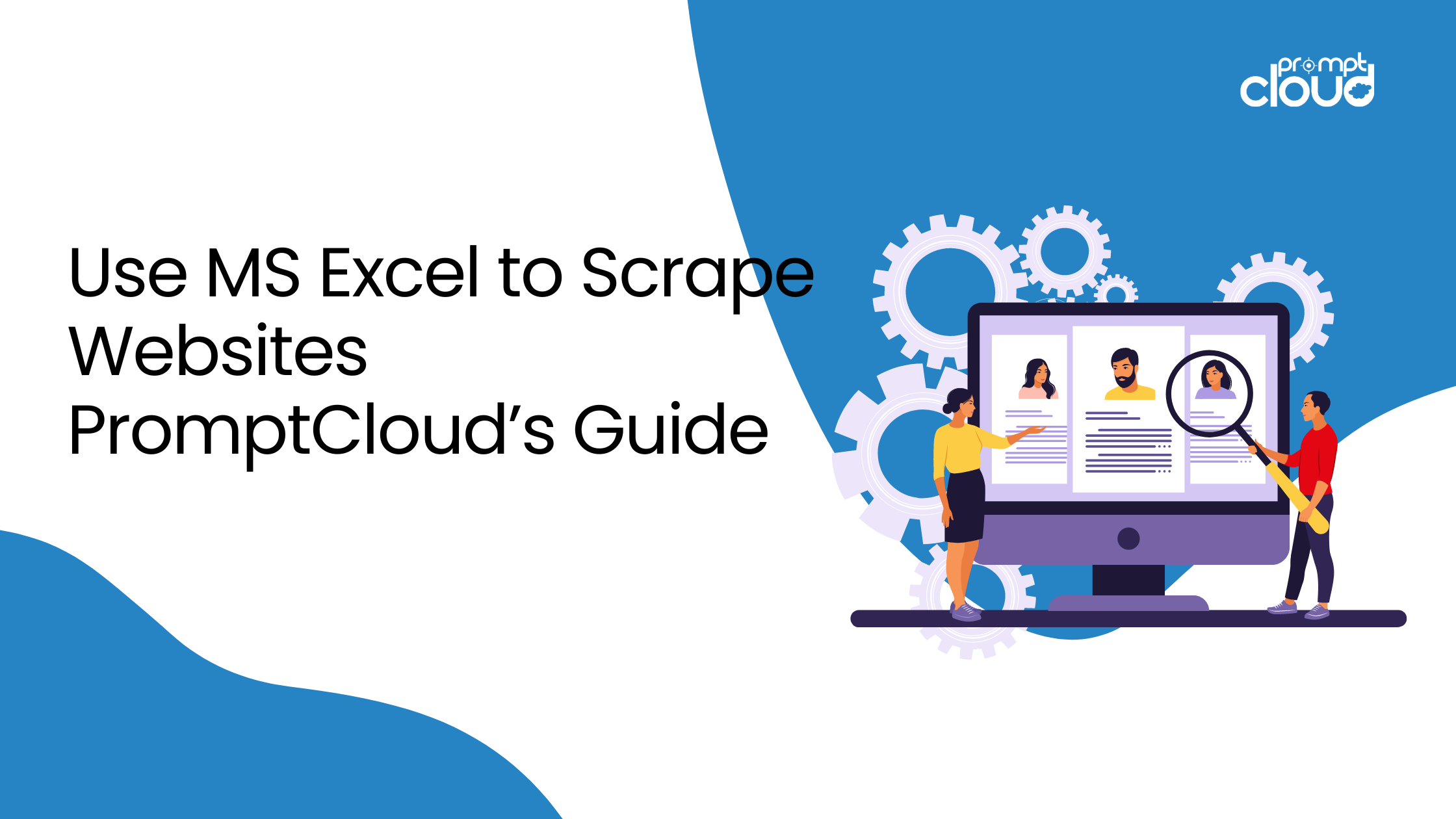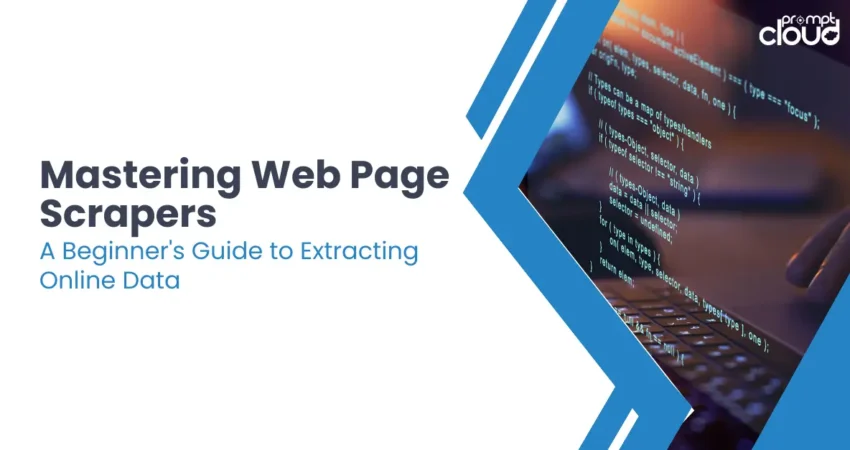
What are Web Page Scrapers?
Web page scraper is a tool designed to extract data from websites. It simulates human navigation to gather specific content. Beginners often leverage these scrapers for diverse tasks, including market research, price monitoring, and data compilation for machine learning projects.

Image Source: https://www.webharvy.com/articles/what-is-web-scraping.html
- Ease of Use: They’re user-friendly, allowing individuals with minimal technical skills to capture web data effectively.
- Efficiency: Scrapers can gather large amounts of data quickly, far surpassing manual data collection efforts.
- Accuracy: Automated scraping reduces the risk of human error, enhancing data accuracy.
- Cost-Effective: They eliminate the need for manual input, saving on labor costs and time.
Understanding web page scrapers’ functionality is critical for anyone looking to harness the power of web data.
Creating a Simple Web Page Scraper with Python
To begin creating a web page scraper in Python, one needs to install certain libraries, namely requests to make HTTP requests to a webpage, and BeautifulSoup from bs4 for parsing HTML and XML documents.
- Gathering Tools:
- Libraries: Use requests to fetch webpages and BeautifulSoup to parse the downloaded HTML content.
- Targeting the Webpage:
- Define the URL of the webpage containing the data we want to scrape.
- Downloading the Content:
- Using requests, download the HTML code of the webpage.
- Parsing the HTML:
- BeautifulSoup will transform the downloaded HTML into a structured format for easy navigation.
- Extracting the Data:
- Identify the specific HTML tags containing our desired information (e.g., product titles within <div> tags).
- Using BeautifulSoup methods, extract and process the data you need.
Remember to target specific HTML elements relevant to the information you want to scrape.
Step-by-Step Process for Scraping a Web Page
- Identify the Target Website
Research the website you would like to scrape. Ensure it is legal and ethical to do so. - Inspecting Page Structure
Use the browser’s developer tools to examine the HTML structure, CSS selectors, and JavaScript-driven content. - Choose a Scraping Tool
Select a tool or library in a programming language you are comfortable with (e.g., Python’s BeautifulSoup or Scrapy). - Write Code to Access the Site
Craft a script that requests data from the website, using API calls if available or HTTP requests. - Parse the Data
Extract the relevant data from the webpage by parsing the HTML/CSS/JavaScript. - Storing the Data
Save the scraped data in a structured format, such as CSV, JSON, or directly to a database. - Handle Errors and Data Reliability
Implement error handling to manage request failures and maintain data integrity. - Respect Robots.txt and Throttling
Adhere to the site’s robots.txt file rules, and avoid overwhelming the server by controlling the request rate.
Selecting the Ideal Web Scraping Tools for Your Needs
When scraping the web, selecting tools aligned with your proficiency and goals is crucial. Beginners should consider:
- Ease of use: Opt for intuitive tools with visual assistance and clear documentation.
- Data requirements: Assess the structure and complexity of target data to determine if a simple extension or robust software is necessary.
- Budget: Weigh the cost against features; many effective scrapers offer free tiers.
- Customization: Ensure the tool is adaptable for specific scraping needs.
- Support: Access to a helpful user community aids in troubleshooting and improvement.
Choose wisely for a smooth scraping journey.
Tips and Tricks for Optimizing Your Web Page Scraper
- Use efficient parsing libraries like BeautifulSoup or Lxml in Python for faster HTML processing.
- Implement caching to avoid re-downloading pages and reduce load on the server.
- Respect robots.txt files and use rate-limiting to prevent getting banned by the target website.
- Rotate user agents and residential proxy servers to mimic human behavior and avoid detection.
- Schedule scrapers during off-peak hours to minimize the impact on website performance.
- Opt for API endpoints if available, as they provide structured data and are generally more efficient.
- Avoid scraping unnecessary data by being selective with your queries, reducing the bandwidth and storage required.
- Regularly update your scrapers to adapt to changes in website structure and maintain data integrity.
Handling Common Issues and Troubleshooting in Web Page Scraping
When working with web page scrapers, beginners might face several common issues:
- Selector Problems: Ensure that the selectors match the current structure of the web page. Tools like browser developer tools can help identify the correct selectors.
- Dynamic Content: Some web pages load content dynamically with JavaScript. In such cases, consider using headless browsers or tools that render JavaScript.
- Blocked Requests: Websites may block scrapers. Employ strategies like rotating user agents, using proxies, and respecting robots.txt to mitigate blocking.
- Data Format Issues: Extracted data might need cleaning or formatting. Use regular expressions and string manipulation to standardize the data.
Remember to consult documentation and community forums for specific troubleshooting guidance.
Conclusion
Beginners can now conveniently collect data from the web through web page scraper, making research and analysis more efficient. Understanding the right methods while considering legal and ethical aspects allows users to harness the full potential of web scraping. Follow these guidelines for a smooth introduction to web page scraping, filled with valuable insights and informed decision-making.
FAQs:
What is scraping a page?
Web scraping, also known as data scraping or web harvesting, consists of automatically extracting data from websites using computer programs that imitate human navigation behaviors. With a web page scraper, vast quantities of information can be rapidly sorted through, focusing solely on significant sections instead of manually compiling them.
Businesses apply web scraping for functions like examining costs, managing reputations, analyzing trends, and executing competitive analyses. Implementing web scraping projects warrants verifying that the visited websites approve of the action and observance of all relevant robots.txt and no-follow protocols.
How do I scrape an entire page?
To scrape an entire web page, you generally require two components: a way to locate the required data within the web page, and a mechanism to save that data elsewhere. Many programming languages support web scraping, notably Python and JavaScript.
Various open-source libraries exist for both, simplifying the process even further. Some popular choices among Python developers include BeautifulSoup, Requests, LXML, and Scrapy. Alternatively, commercial platforms such as ParseHub and Octoparse enable less technical individuals to build complex web scraping workflows visually. After installing necessary libraries and understanding the basic concepts behind selecting DOM elements, begin by identifying the data points of interest within the target web page.
Utilize browser developer tools to inspect HTML tags and attributes, then translate these findings into corresponding syntax supported by chosen library or platform. Lastly, specify output format preferences, whether CSV, Excel, JSON, SQL, or another option, along with destinations where saved data resides.
How do I use Google scraper?
Contrary to popular belief, Google does not directly offer a public web scraping tool per se, despite providing APIs and SDKs to facilitate seamless integration with multiple products. Nonetheless, skilled developers have created third-party solutions built on top of Google’s core technologies, effectively expanding capabilities beyond native functionality. Examples include SerpApi, which abstracts away complicated aspects of Google Search Console and presents an easy-to-use interface for keyword ranking tracking, organic traffic estimation, and backlink exploration.
While technically distinct from traditional web scraping, these hybrid models blur lines separating conventional definitions. Other instances showcase reverse engineering efforts applied toward reconstructing internal logic driving Google Maps Platform, YouTube Data API v3, or Google Shopping Services, yielding functionalities remarkably close to original counterparts albeit subject to varying degrees of legality and sustainability risks. Ultimately, aspiring web page scrapers ought to explore diverse options and assess merits relative to specific requirements before committing to a given pathway.
Is Facebook scraper legal?
As stated in Facebook Developer Policies, unauthorized web scraping constitutes a clear violation of their community standards. Users agree not to develop or operate applications, scripts, or other mechanisms designed to circumvent or exceed designated API rate limits, nor shall they attempt to decipher, decompile, or reverse engineer any aspect of the Site or Service. Furthermore, it highlights expectations around data protection and privacy, requiring explicit user consent before sharing personally identifiable information outside permitted contexts.
Any failure to observe outlined principles triggers escalating disciplinary measures beginning with warnings and progressively advancing toward restricted access or complete revocation of privileges depending on severity levels. Notwithstanding exceptions carved out for security researchers operating under approved bug bounty programs, general consensus advocates avoiding unsanctioned Facebook scraping initiatives to sidestep unnecessary complications. Instead, consider pursuing alternatives compatible with prevailing norms and conventions endorsed by the platform.











